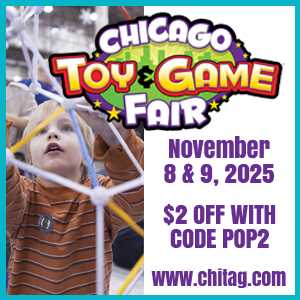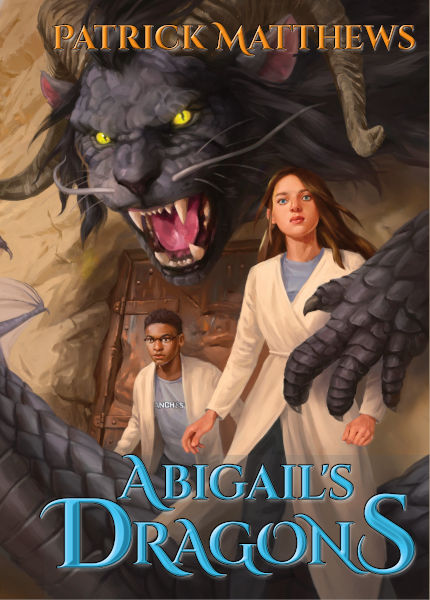There have been a lot of articles written about the success of Wordle, and no wonder. Over the span of less than a year, it grew to have over two million players. If you haven’t played it, the game gives you six chances to guess a five letter word. After each guess, it tells you if each letter of your guess is in the word.
There are all sorts of arguments as to what that first word should be. Should you try to find vowels or just the most common letters? Should that first word be the opening half of a pair of words designed to give the highest chance of success?
As you can probably guess, I’m a Wordle fan, and not just because I like word games. What fascinates me about it is that it’s the first game I played where I realized that a game can put a player in a story without actually being about a story.
Games with stories are as numerous as they are successful. Take a look at any “best games” list and you’ll see how dominant story-centered games are: Villainous, Betrayal at House on the Hill, The Night Cage, Pandemic, Ticket to Ride, Catan, King of Tokyo, Lost Cities, Yu-Gi-Oh!, and literally hundreds more.
Most people wouldn’t put Wordle in that list. It has no story, right?
In Wordle, you only have six tries. That deadline looms large in the player’s mind. Failure is a very real option. As you make your guesses, running through words in your head, examining patterns of letters, you become the protagonist in a surprisingly compelling story. Like the heroes of all the best tales, you start with nothing. You don’t know the journey ahead of you. Taking that first guess is like the first step on a hero’s journey.
“It's a dangerous business, Frodo, going out your door. You step onto the road, and if you don't keep your feet, there's no knowing where you might be swept off to.” – Bilbo Baggins
From that first guess, you’re in a story. You’ll feel rising tension as you approach the sixth guess, moments of victory as letters are revealed, and, perhaps, the horrible defeat of not succeeding. Win or lose, the denouement of your story is sharing your result with your friends.
The realization of the hidden story at the heart of Wordle set me to re-evaluating the games I love. Sure enough, most of them revolve around either telling a story or putting the players in the heart of their own story.
Even a game as simple as Pictionary puts you in a story arc: discover the picture you have to draw, try to solve the problem of communicating it. The pressure builds as guesses are wrong, and each round ends with a classic climax, either celebrating the win or reliving the defeat.
Where does this fit in with toys?
If you haven’t read Not a Stick, by Antoinette Portis, you should check it out. It’s about how a child’s imagination transforms a stick into the centerpiece of all sorts of adventures. Aside from being charming and fun, the picture book unlocks a key truth about toys. They don’t have to tell a story. All they have to do is enable us to create our own.
Next time you’re playing a game, or designing one, take a moment to look for the story. You might just find it’s the reason to play.
Patrick Matthews is a multiple-award winning game designer and author. His latest book, Abigail's Dragons, will be available on July 1st. You can read all about it at Amazon
Recent Blogs
Recent Blogs

Biographies and Interviews
Catching up with Eric Olsen, The Inventor of Flip 7 and Co-Creator of Messy Table Games
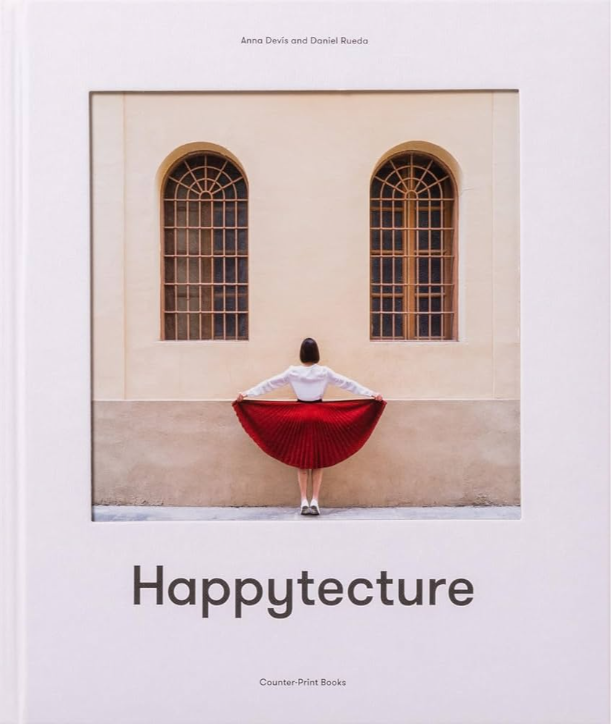
Reviews
Book Review: Happytecture by Anna Devís & Daniel Rueda
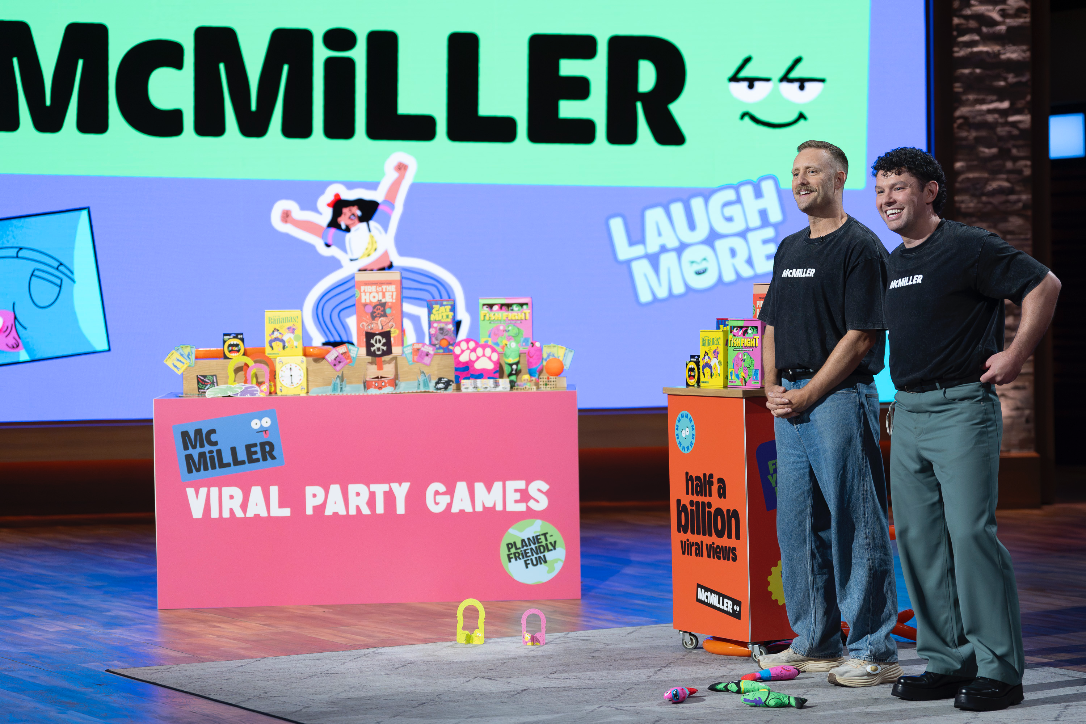
Biographies and Interviews
From Stage Lights to Game Nights: McMiller’s David & Julian on Shark Tank (Dec 10th), Viral Success & Building a Business With Your Husband
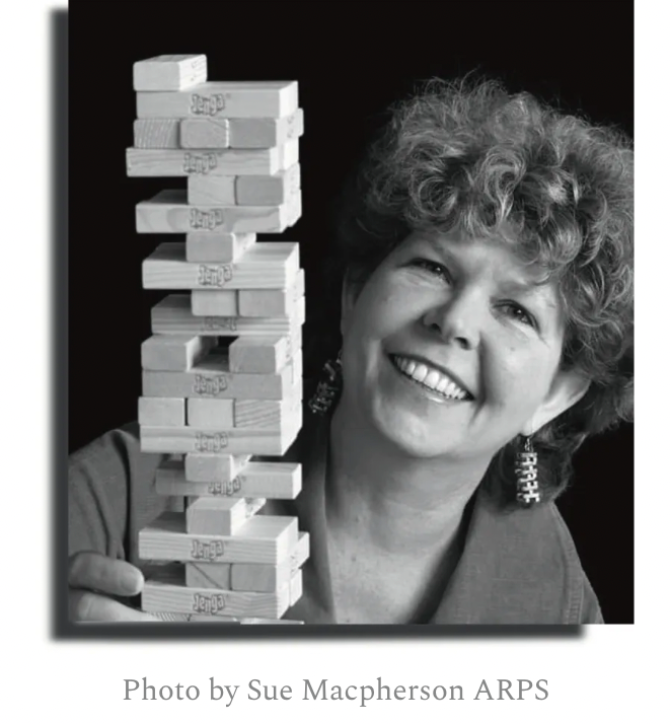
Press Release
Leslie Scott (creator of Jenga) announces the launch of BOUNDLESS PLAY

Press Release
New Study Highlights the Importance of Shopping from Trusted Toy Brands & Retailers this Cyber Monday
See more
Recent Wiki
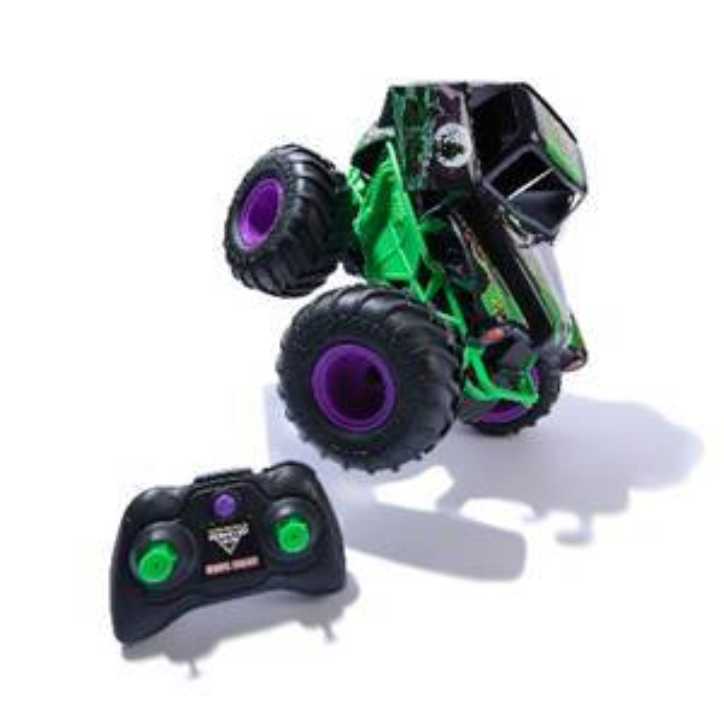
BOOK REVIEWS
Toy Review: Monster Jam Smash & Bash Grave Digger Monster Truck
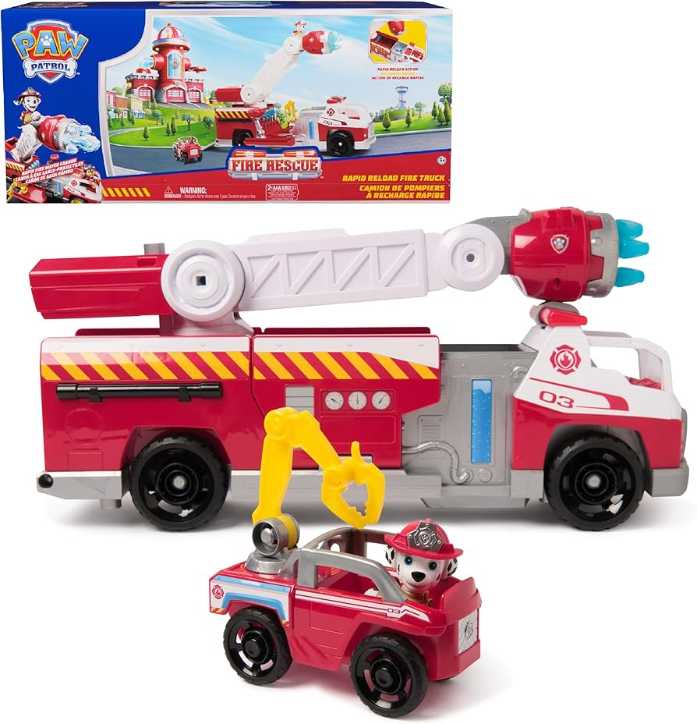
BOOK REVIEWS
Toy Review: Marshall's Rapid Rescue Fire Truck
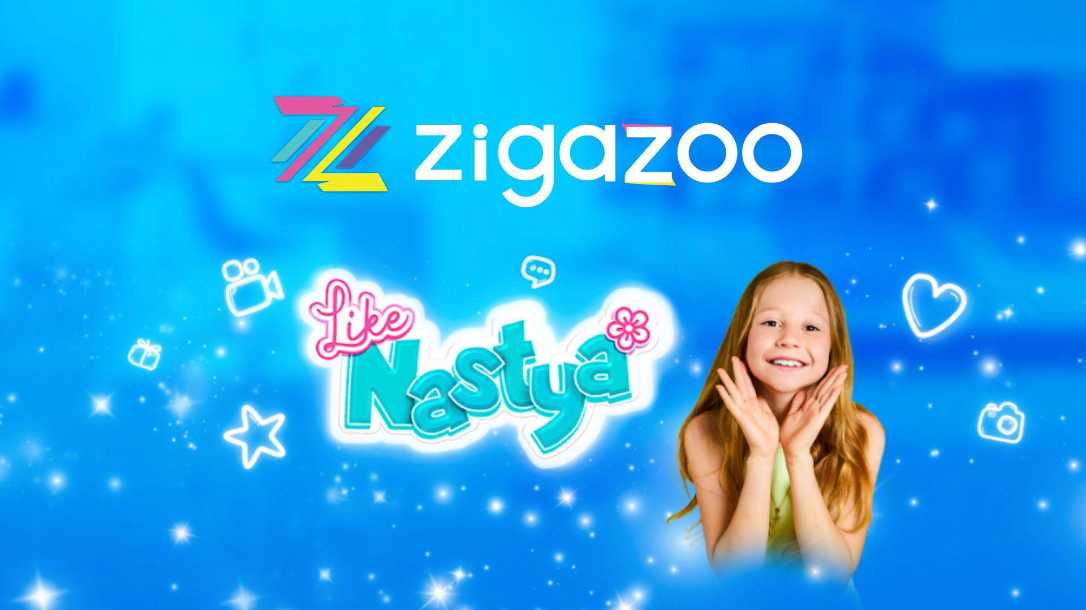
COMPANIES
Zigazoo Secures Partnership with YouTube Star Like Nastya to Inspire Millions of Kids
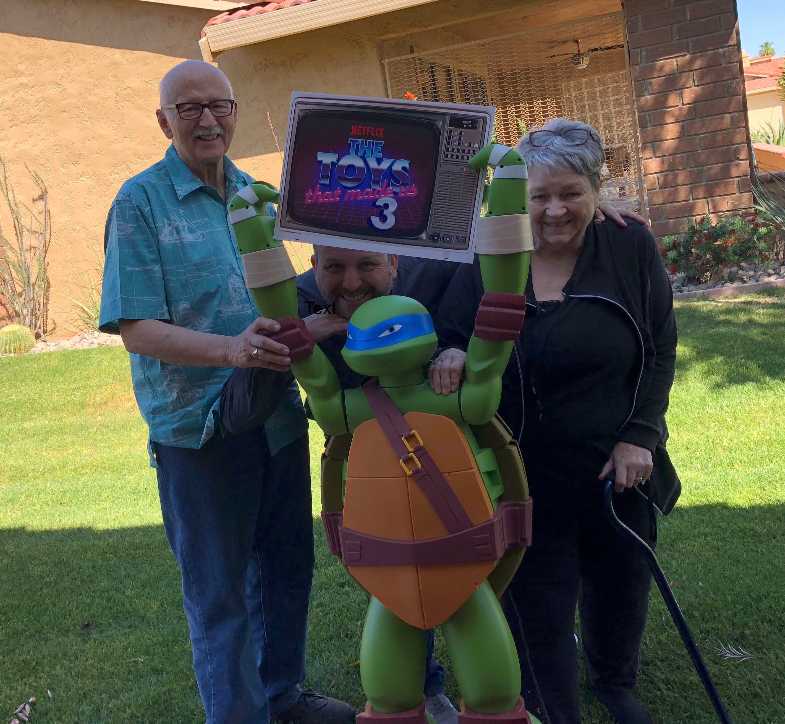
PEOPLE
A Legacy of Play: Inside the Carlson Family’s Multi-Generational Journey Through the Toy Industry

COMPANIES
Radio Flyer Studios Announces the Launch of its First Original Animated Series, Max & Maple: The Can-Do Kids
See more
POP's Got Talent

POP Entertainment
Randy Klimpert Shares his Ukulele Collection

POP Entertainment
Steve Casino Peanut Art

POP Entertainment
Everyone's Talking about POP!

POP Entertainment
Princess Etch - a Multi-Talented Etch A Sketch Artist

POP Entertainment
Joseph Herscher of Joseph' s Machines.
See more
Recent POPcast

Hidden Role: The Brains Behind your Favorite Games
Connie Vogelmann designed Apiary & Wyrmspan!

Hidden Role: The Brains Behind your Favorite Games
Bob Fuhrer... Is THE Crocodile Dentist!

Hidden Role: The Brains Behind your Favorite Games
Tom Dusenberry... Bought Atari, Wizards of the Coast, and Avalon Hill!

Hidden Role: The Brains Behind your Favorite Games
Matt Leacock created Pandemic... the game!

Hidden Role: The Brains Behind your Favorite Games
Scott Brown and Tim Swindle... are Launching a New Sport!
See more
POPDuos

POPDuos: Interviews with Legends and Leaders
POPDuo: Richard Dickson, Mattel’s President & COO, and Kedar Narayan, Young Inventor Challenge AMB

POPDuos: Interviews with Legends and Leaders
POPDuo: Will Shortz and Josh Wardle

POPDuos: Legends and Leaders Explore Creativity
POP Duo: Elan Lee, Co-Founder, Exploding Kittens.and Jeff Probst, Host and Exec Producer, Survivor

POPDuos: Legends and Leaders Explore Creativity
POP Duo: David Fuhrer, MNG Director, Blue Sq Innovations & Shawn Green, past Dodgers & Mets MLB Star

POPDuos: Legends and Leaders Explore Creativity
POP Duo: Bob Fuhrer, Founder, Nextoy and Tom Fazio, Golf Course Designer
See more
